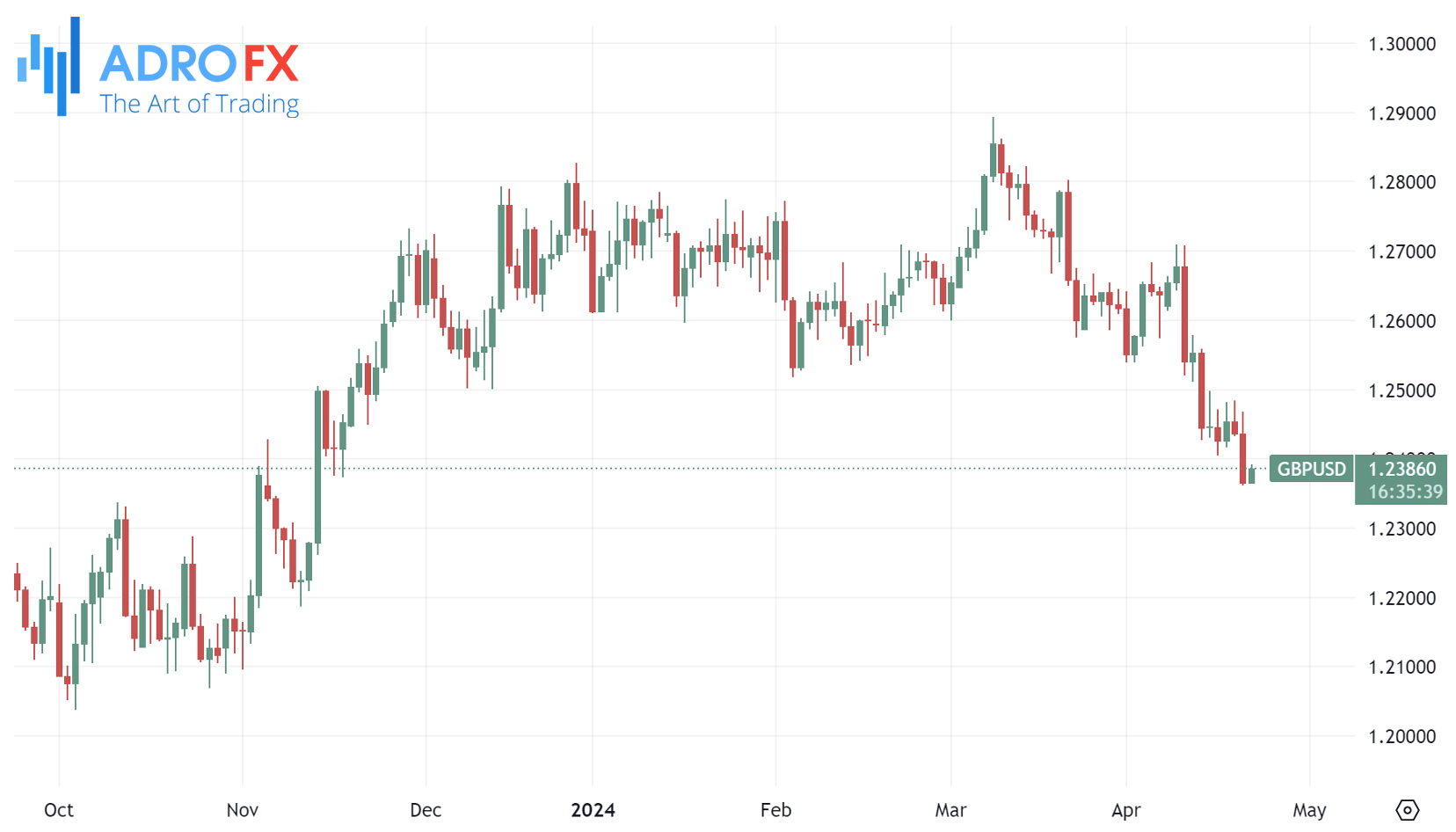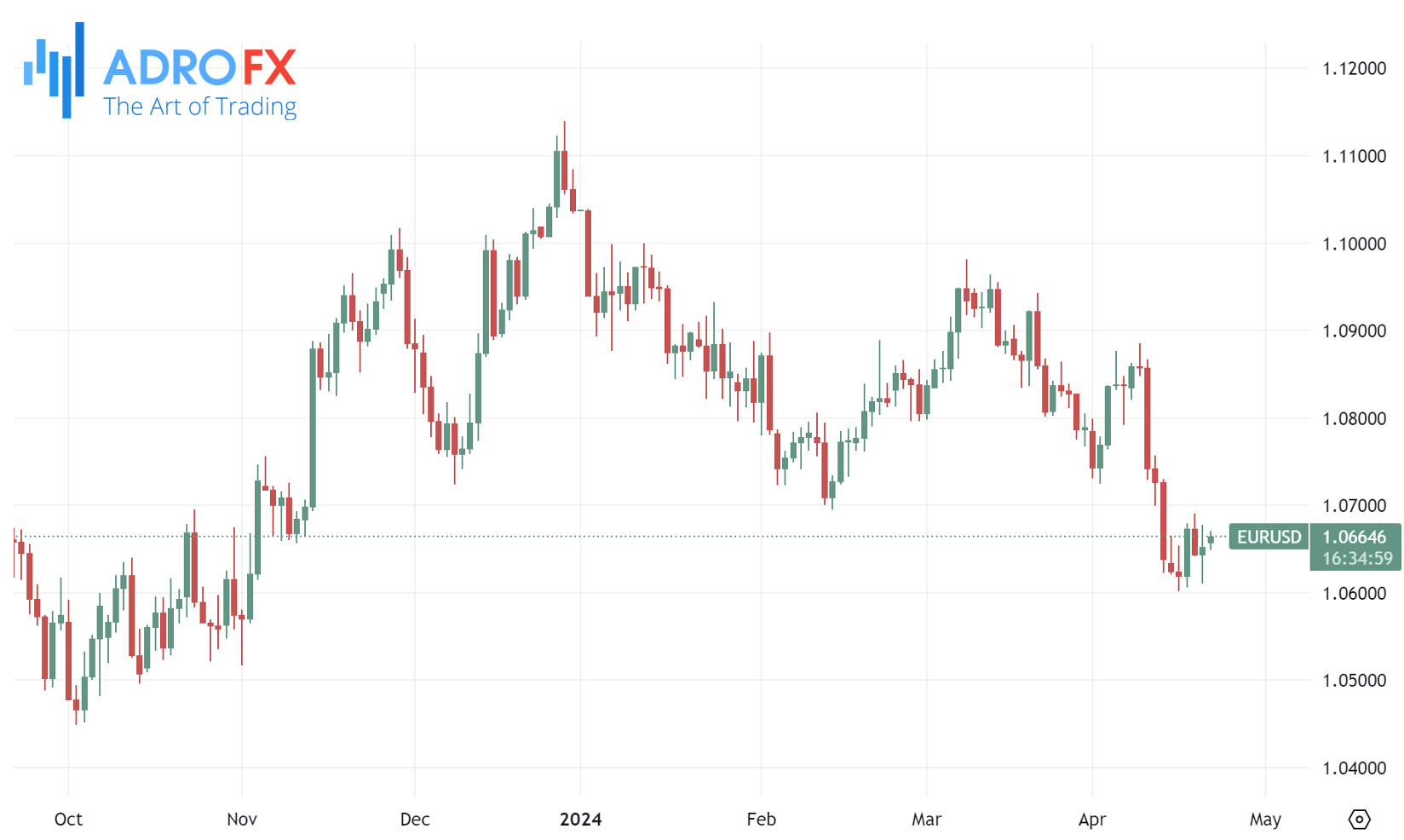Netflix Slump Drags Down Nasdaq and S&P 500 While Fed Rate Cut Speculation Dampens Sentiment | Daily Market Analysis

Key events:
- Eurozone - Eurogroup Meetings
- Canada - New Housing Price Index (MoM) (Mar)
- Eurozone - ECB President Lagarde Speaks
On Friday, the Nasdaq and the S&P 500 closed in the red, largely influenced by a downturn in Netflix (NASDAQ: NFLX) shares. However, American Express (NYSE: AXP) provided a silver lining for the Dow, buoying the index following the release of quarterly earnings reports from both companies. Amidst this, growing concerns regarding the Federal Reserve's stance on interest rates further dampened market sentiment.
The Dow Jones Industrial Average edged up by 211.02 points, or 0.56%, closing at 37,986.40, while the S&P 500 saw a decline of 43.89 points, or 0.88%, settling at 4,967.23. The Nasdaq Composite fared the worst, shedding 319.49 points, or 2.05%, ending the day at 15,282.01.

Netflix's disappointing second-quarter revenue outlook weighed heavily on both the S&P and Nasdaq indices, with the streaming giant's decision to discontinue subscriber count disclosures adding to investor concerns.
Conversely, the price-weighted Dow experienced a boost, driven partly by gains in American Express shares, following the company's better-than-expected first-quarter profit announcement.
Market performance has faced headwinds recently, marking a departure from the five-month rally observed since November. Anticipation of a Federal Reserve interest rate cut in the first half of the year had previously bolstered equities. However, this sentiment has shifted due to a series of factors, including higher-than-anticipated inflation data, robust labor market indicators, geopolitical tensions in the Middle East impacting oil prices, and statements from Federal Reserve officials, notably Chair Jerome Powell, suggesting a delay in any rate adjustments.
During the Asian session on Monday, the Japanese Yen struggled to stage a meaningful recovery and remained near a multi-decade low against the US Dollar. Uncertainty surrounding the Bank of Japan's future policy decisions and easing tensions in the Middle East contributed to the JPY's weakened safe-haven appeal. Despite this, comments from BoJ Governor Kazuo Ueda signaling a hawkish stance and warnings from Japanese Finance Minister Shunichi Suzuki against excessive currency market volatility helped mitigate further losses for the JPY.

Market participants adopted a cautious stance ahead of the upcoming BoJ policy announcement on Friday. Additionally, key US economic releases, including the Advance Q1 GDP and the PCE, scheduled for Thursday and Friday respectively, are expected to influence the direction of the USD/JPY pair. Expectations that the Federal Reserve will delay initiating its rate-cutting cycle until September are likely to provide support for the US Dollar and contribute to the USD/JPY pair's stability.
Meanwhile, the USD/CAD pair extended its decline for the fourth consecutive session, hovering around 1.3720 during Asian trading hours on Monday. Despite the increase in US Treasury yields, the US Dollar exhibited subdued performance, possibly dampening the pair's downward momentum. However, remarks from Fed officials suggesting a shift towards a more hawkish stance may limit the downside potential for the USD/CAD pair.

On the other hand, the Canadian Dollar may face challenges in sustaining gains due to declining crude oil prices. Canada's status as the largest oil exporter to the United States exposes the CAD to fluctuations in oil markets. WTI crude oil, a key benchmark, recorded a 0.66% decline, trading around $81.50 on Monday.
Reports from Iran downplaying rumors of a drone attack by Israel eased immediate concerns of escalated geopolitical tensions, leading to a reduction in risk aversion and subsequent pressure on the USD/CAD pair.
Additionally, softening inflationary trends in Canada highlight the diverging monetary policy outlook between the Bank of Canada and the US Fed. While the BoC is expected to consider interest rate cuts in response to declining inflation and slower growth, the Fed's policy trajectory appears to be moving in a different direction.
The GBP/USD pair has seen a modest rebound from the 1.2365-1.2360 region, marking its lowest level since November 14 during Monday's Asian session. The pair managed to halt a two-day decline, benefiting from a slight downtick in the US Dollar and nudging spot prices closer to the 1.2400 level in recent trading. However, substantial upside momentum remains elusive, with speculation about potentially aggressive policy easing by the Bank of England likely capping any further appreciation in the GBP/USD pair.

With no significant economic data releases scheduled from either the UK or the US on Monday, market participants are left to navigate based on USD price dynamics.
Meanwhile, the EUR/USD pair is trading on a firmer footing around 1.0665 early in the Asian session on Monday. Nevertheless, the pair's upward potential may be constrained by comments from Fed officials hinting at a shift towards a more hawkish stance. Investors are awaiting the preliminary Eurozone HCOB PMI for April on Tuesday.

The European Central Bank is expected to maintain interest rates at their current levels in its June meeting. While there's speculation about an impending rate cut if no major developments occur, some ECB officials have emphasized caution. François Villeroy de Galhau, governor of the Bank of France, advocated for a June rate cut to prevent significant damage to the euro area economy from higher rates. However, ECB Governing Council member Madis Muller cautioned against rushing into further interest rate cuts, with geopolitical tensions highlighted as a key factor influencing rate cut decisions. Despite the tempered expectations for rate cuts, the Euro receives some support.









